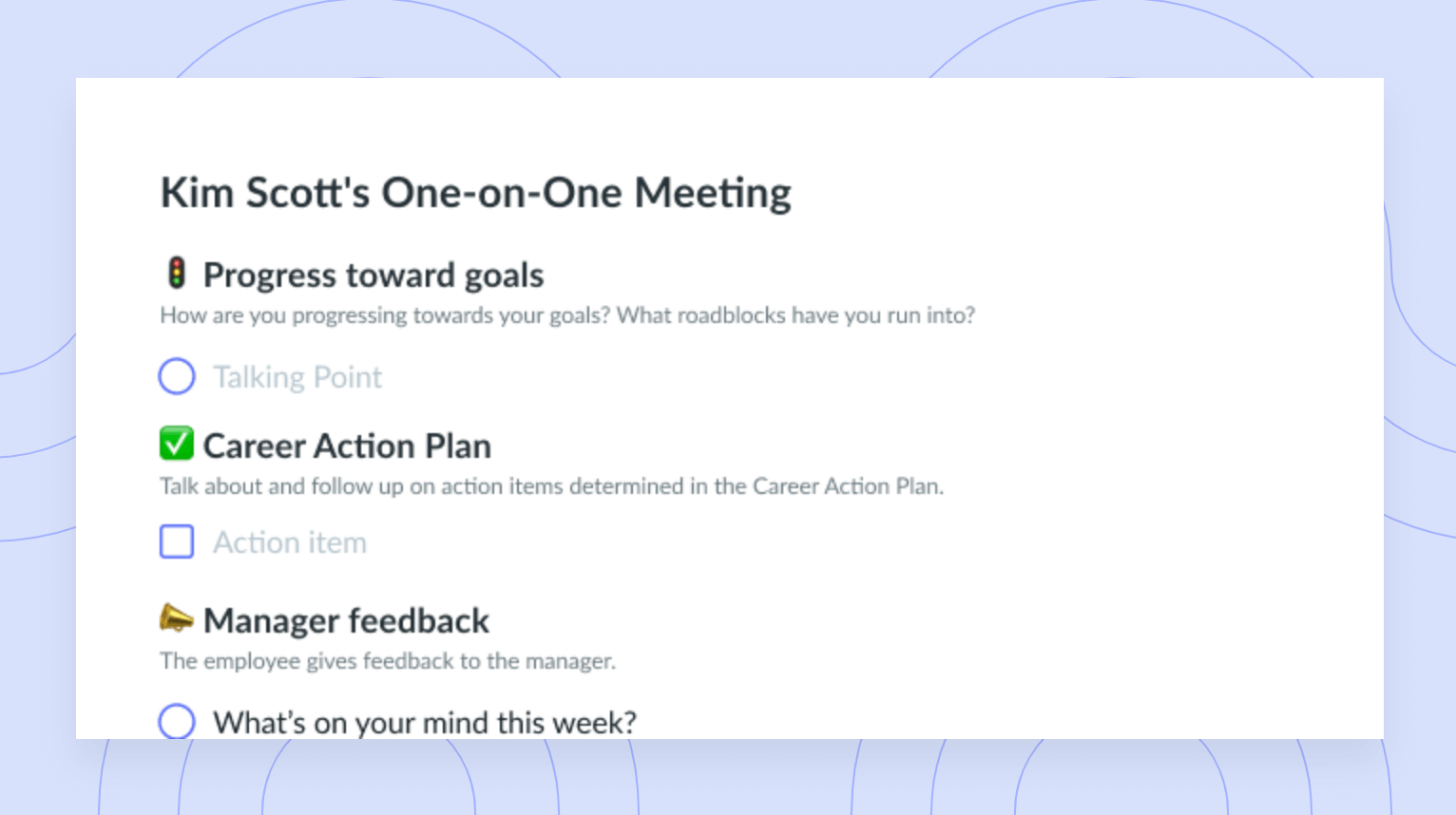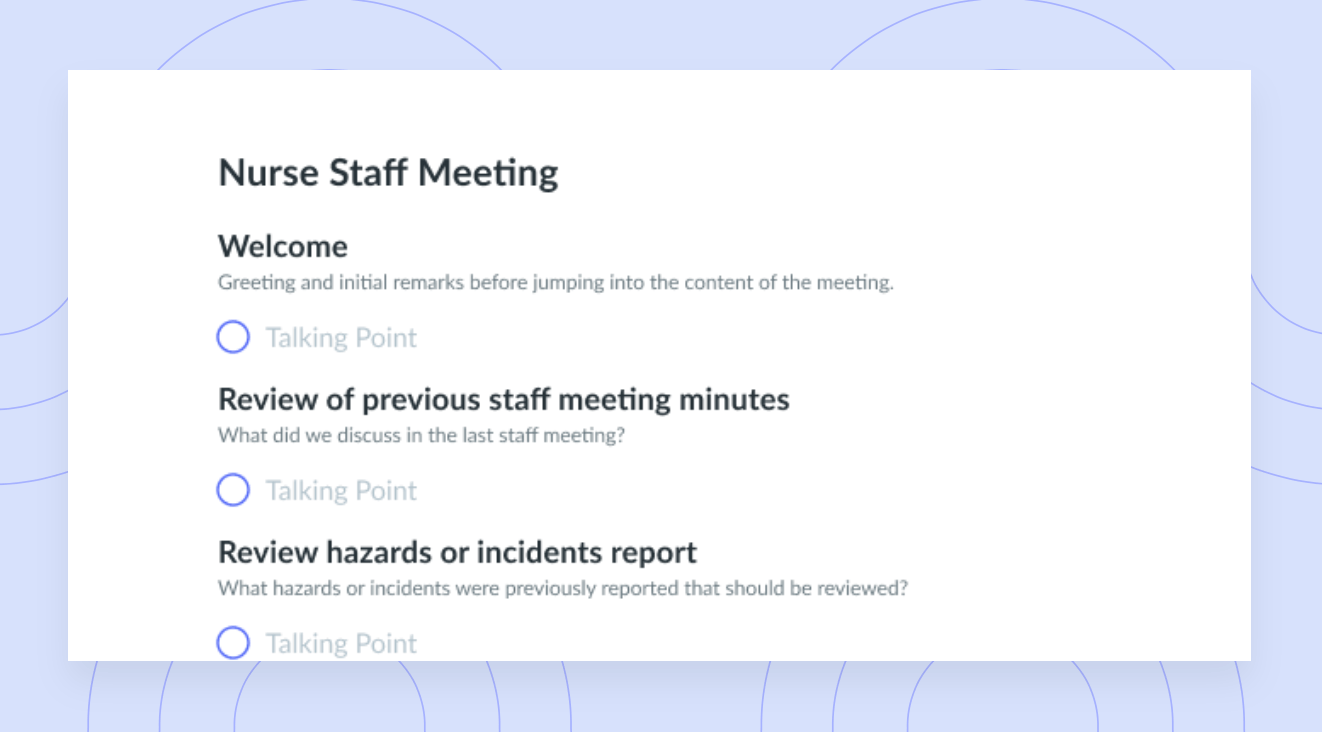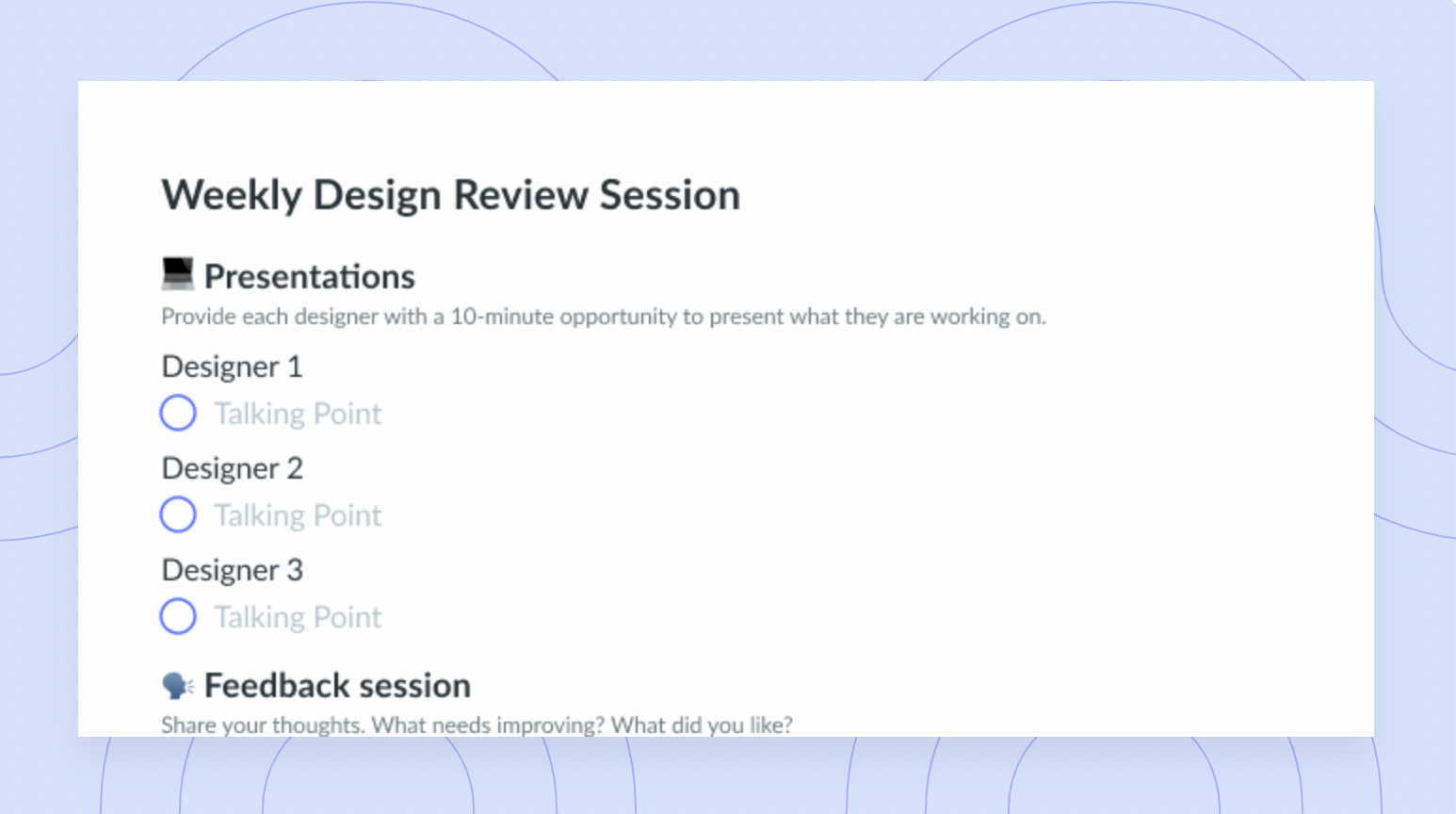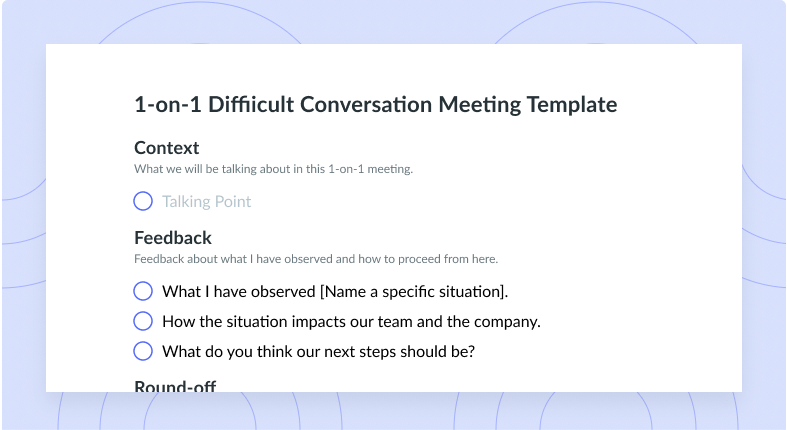How to Employ Radical Candor in the Workplace
Learn how you can use Kim Scott’s framework to improve how you give feedback and collaborate with others here!
It comes as no surprise that honesty is a cornerstone of success in the workplace. Honesty encourages a sense of trust among employees and promotes a positive company culture. When we’re honest with ourselves and others, we make better, more realistic choices that improve our work.
Many companies are using the concept of radical candor to endorse the practice of direct yet respectful feedback to improve team performance and communication. Read on to learn all about radical candor and its four quadrants, see why it’s important, and learn the best practices for adopting the framework.
- What is radical candor?
- Why is radical candor important?
- The 4 radical candor quadrants
- Best practices for adopting radical candor
- Common challenges and how to address them
What is radical candor?
Radical candor means caring personally and challenging directly at the same time. The concept was coined by Kim Scott, co-founder of Candor Inc. and New York Times bestselling author of Radical Candor: Be a Kickass Boss Without Losing your Humanity. Radical candor is not the same as brutal honesty. It means being kind and helpful when delivering well-meaning feedback to colleagues. Radical candor is clear, specific, and sincere. Leaders can use Scott’s framework to show their teammates that they care about them personally while challenging their ideas.
Why is radical candor important?
Radical candor is important because it shows others that it’s possible to care and challenge at the same time. With Scott’s feedback framework, employees and leaders can break free of the idea that one must choose between being rude in favor of honesty or incompetent in favor of kindness. The goal of radical candor is to move from a controlling culture to one of collaboration. By sharing your opinions kindly, you can empower your colleagues to grow their skills, improve their weaknesses, and use their strengths at every opportunity.

Give and get feedback as work happens
If you want to help your team thrive, you need to create a culture where giving, receiving, and implementing feedback is part of the DNA. With Fellow, you can incorporate feedback into your team’s day-to-day experience and track progress over time.

The 4 radical candor quadrants
Scott explains in her book that leaders fall into one of four radical candor quadrants along the axes of caring personally and challenging directly. Let’s take a closer look at each quadrant:
1Radical candor: When you care personally and challenge directly
Of the four quadrants, radical candor is the one all leaders should strive to be in. These managers are skilled at giving sincere, effective feedback that builds trust with direct reports. Praise in the radical candor quadrant is specific to the individual. These leaders are attuned to the situation at hand and therefore can give feedback appropriately and with the utmost care. Constructive feedback is also sincere, and often given following positive feedback. Leaders skilled at radical candor want to boost their employees’ confidence as much as they want to give them suggestions to improve.
2Obnoxious aggression: When you challenge directly but don’t care personally
Obnoxious aggression means challenging others directly without caring personally. Leaders who fall into this quadrant often use humiliation or controlling behaviors to hold power over others. While these individuals aren’t skilled collaborators, they are skilled feedback-givers. Praise in the obnoxious aggression quadrant looks like empty compliments with vague, recycled language. For example, if an employee tells their manager about the success of a recent project but they don’t seem to care and responds with a generic “good job,” the person’s leadership may fall under the obnoxious aggression quadrant. Criticism from this type of leader is often arrogant or personal and makes unnecessary assumptions about the recipient.
3Manipulative insincerity: When you care personally but don’t challenge directly
Manipulative insincerity doesn’t meet either key characteristic of radical candor. While these leaders care about how they are perceived, they don’t care about their employees’ feelings. Actionable, honest feedback is rarely given by individuals whose leadership style falls under this quadrant. Praise from these leaders is made to avoid uncomfortable conversations. It may come in the form of a false apology or to end a discussion. Criticism in the manipulative insincerity quadrant is often too nice, due to the leader’s fear of being perceived negatively.
4Ruinous empathy: When you neither challenge directly nor care personally
Leaders who fall under the ruinous empathy quadrant care deeply about their employees but are scared to challenge their ideas and behaviors. They focus too heavily on being polite, to the detriment of their colleagues and the team’s overall success. Rather than giving sincere constructive criticism and praise, their feedback only scratches the surface of the situation. Praise in the fourth quadrant is vague and unspecific. If these individuals give any criticism, it’s likely too kind. These individuals gloss over small problems that can later develop into bigger issues.
Best practices for adopting radical candor
- Communicate effectively and directly with colleagues
- Encourage a culture of open and honest communication
- Offer and receive feedback constructively
- Build strong relationships based on trust and respect
1Communicate effectively and directly with colleagues
Open and honest communication should be your top priority when striving to lead in the radical candor quadrant. Openly exchange ideas, thoughts, opinions, and knowledge with your team so that each message is received and understood with purpose. When you have feedback, give it at that moment. Never wait a week or two to tell a colleague what you liked or disliked about a recent project or initiative.
2Encourage a culture of open and honest communication
Encourage others to communicate as openly as you do. Tell your teammates that you desire regular positive and constructive feedback from them too. When you complete a project, ask your colleagues questions like: “What did I do well this time? What would you have done differently? How can I improve X skills moving forward?” This will show them that you value their input and help you build trust.
3Offer and receive feedback constructively
Feedback is crucial for every employee’s growth and development. It’s simple: Effective feedback reinforces positive behaviors and encourages great performance. When delivering feedback, stay focused on the problem rather than the person.
Build a culture of continuous feedback with Fellow. Use our tool to incorporate opportunities into your team’s day-to-day experience. You can keep a history of the feedback you exchange, too, so everyone can visualize their growth!

4Build strong relationships based on trust and respect
It’s much easier to deliver quality feedback if your relationships with colleagues are based on mutual respect and trust. Build trust at your workplace by honoring your commitments, admitting when you’re wrong, and practicing active listening. Display to your teammates that you care by showing that you’re interested in what they have to say during each conversation. Something as simple as remembering a key detail about someone’s life can go a long way!
Common challenges and how to address them
- Dealing with resistance to change
- Balancing directness with empathy
- Managing conflict and tension
- Maintaining a positive and supportive workplace
1Dealing with resistance to change
As you adapt your behaviors to align with the first quadrant, some people may resist your newfound openness. Communicate to your employees how your feedback delivery will change and let them know what to expect as you begin using radical candor. Encourage them to learn about radical candor as well so they understand how using it themselves can help them develop as employees and as individuals!
2Balancing directness with empathy
You may not think that directness and empathy go hand in hand, but they do. When you’re direct with others, you give them the insight they require to make changes and better themselves. Be kind when delivering praise and criticism. If you’re giving feedback in good faith, it shouldn’t be harmful. Have empathy for what the other person is experiencing, especially if they get defensive when you deliver feedback.
3Managing conflict and tension
Every team will have tension at some point, but those whose leadership style falls under quadrants two through four may struggle to mitigate team conflict. When conflict arises, it’s easiest to point fingers or withdraw from the situation entirely. Instead, be proactive in your approach so conflict doesn’t turn into something larger. Be fair and impartial, even when you agree with one or more of the individuals who are part of the conflict. Allow everyone to present their perspectives in a safe environment and encourage the delivery of well-meaning (and kind) feedback.
4Maintaining a positive and supportive workplace
Team members who support each other are comfortable giving effective feedback. A workplace that lacks positivity is likely full of employees who also don’t feel respected, heard, or valued. Create a positive and supportive environment by maintaining a great attitude, encouraging improvements, and empowering others to work on new ideas that keep team morale high during stressful times.
Parting advice
Practicing radical candor is one of the best ways to address important areas for improvement at work. Using honest and constructive feedback that’s also friendly can take your team from frustrated to collaborative.
Want to learn more about radical candor? Check out Kim Scott’s book on the topic or listen to our interview with her on episode 72 of the Supermanagers podcast!










![Incoming Client Interview [Legal Clinic] Template](https://fellow.app/wp-content/uploads/2021/09/Incoming-Client-Interview-Legal-Clinic-preview.png)

















